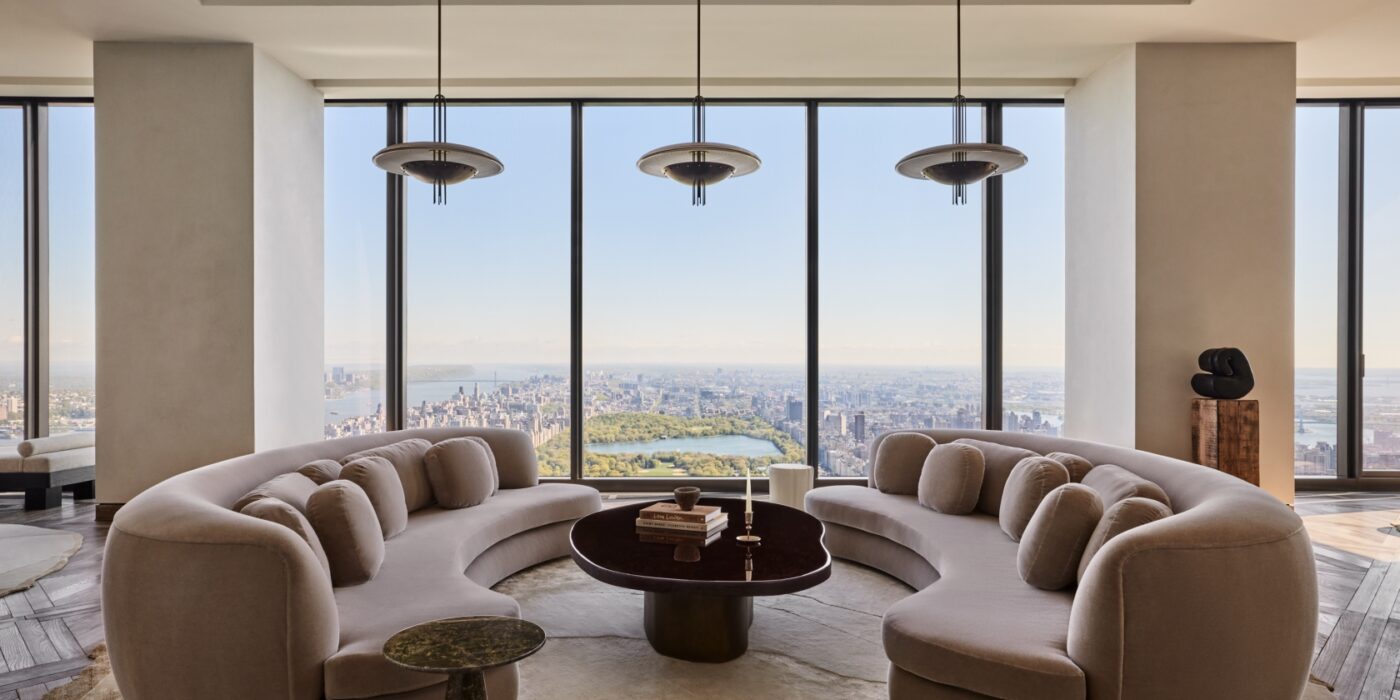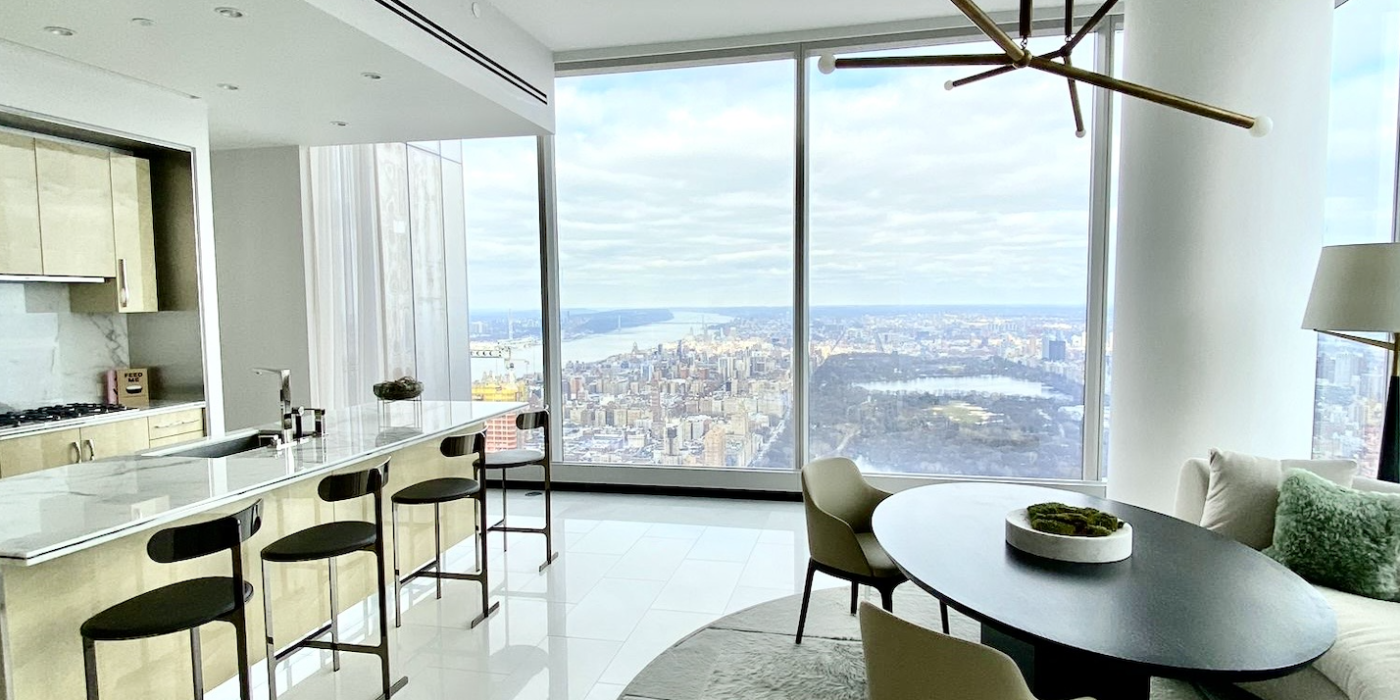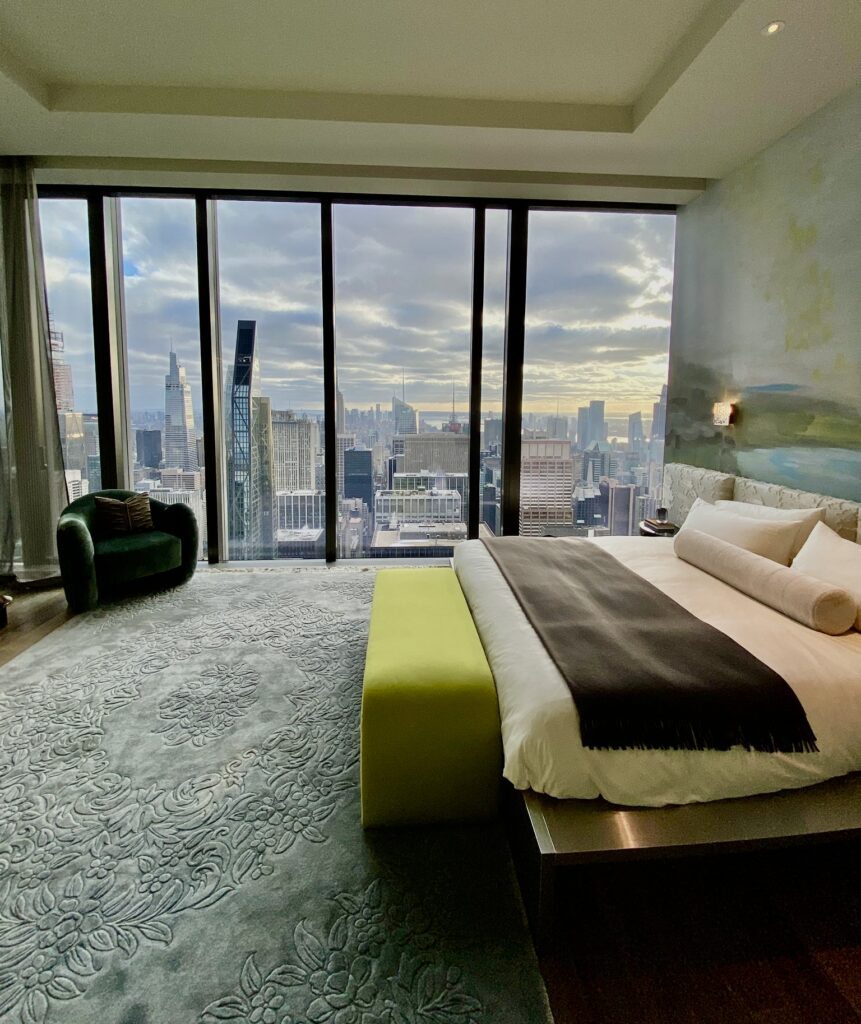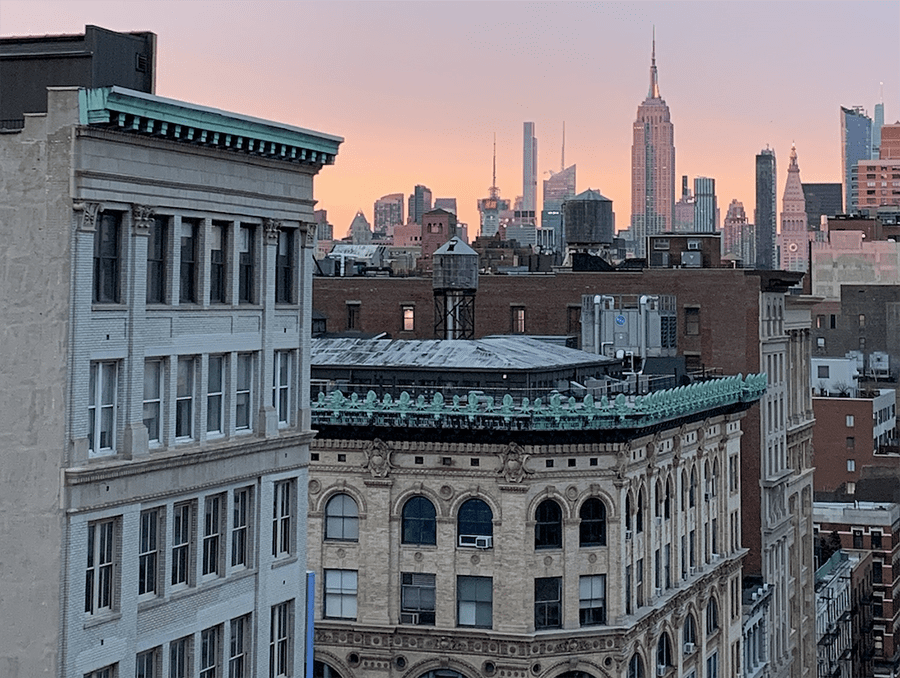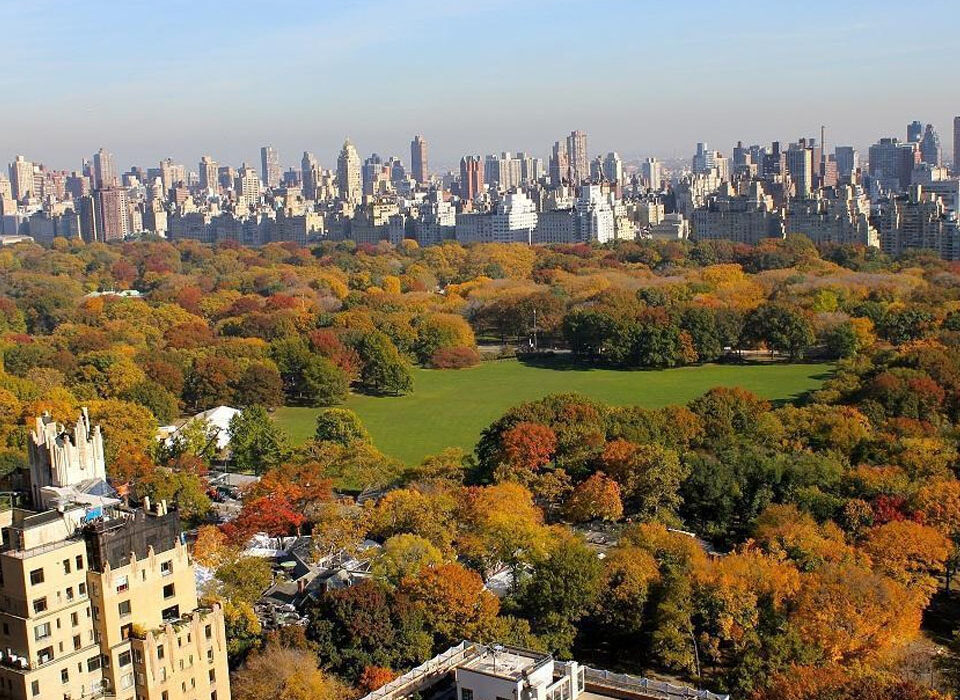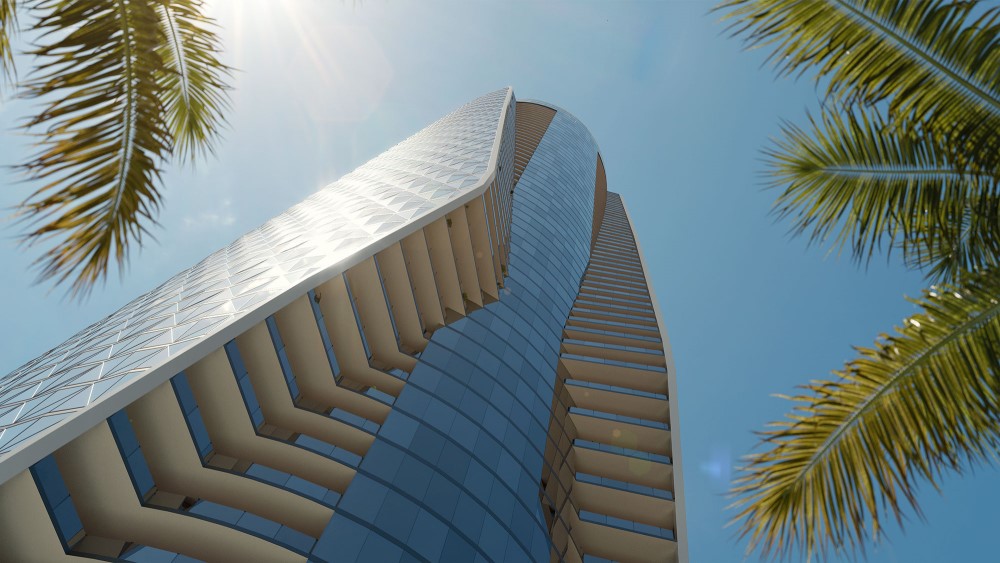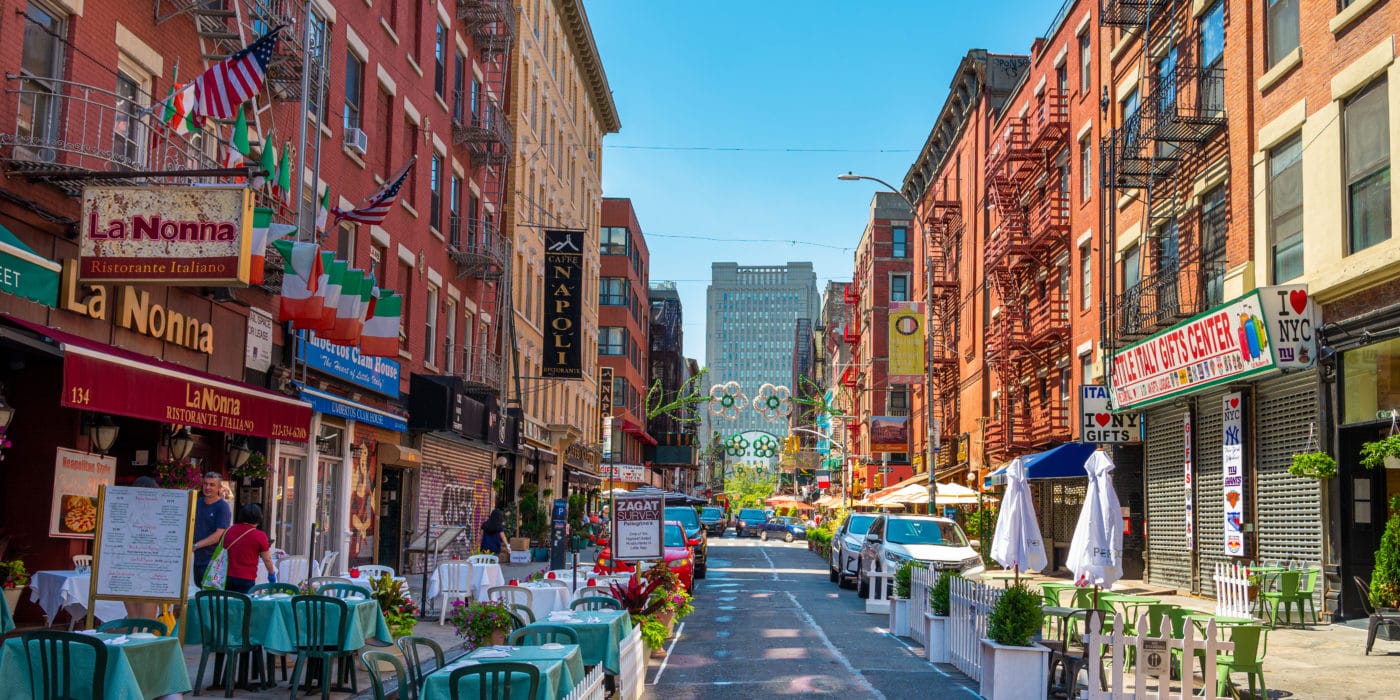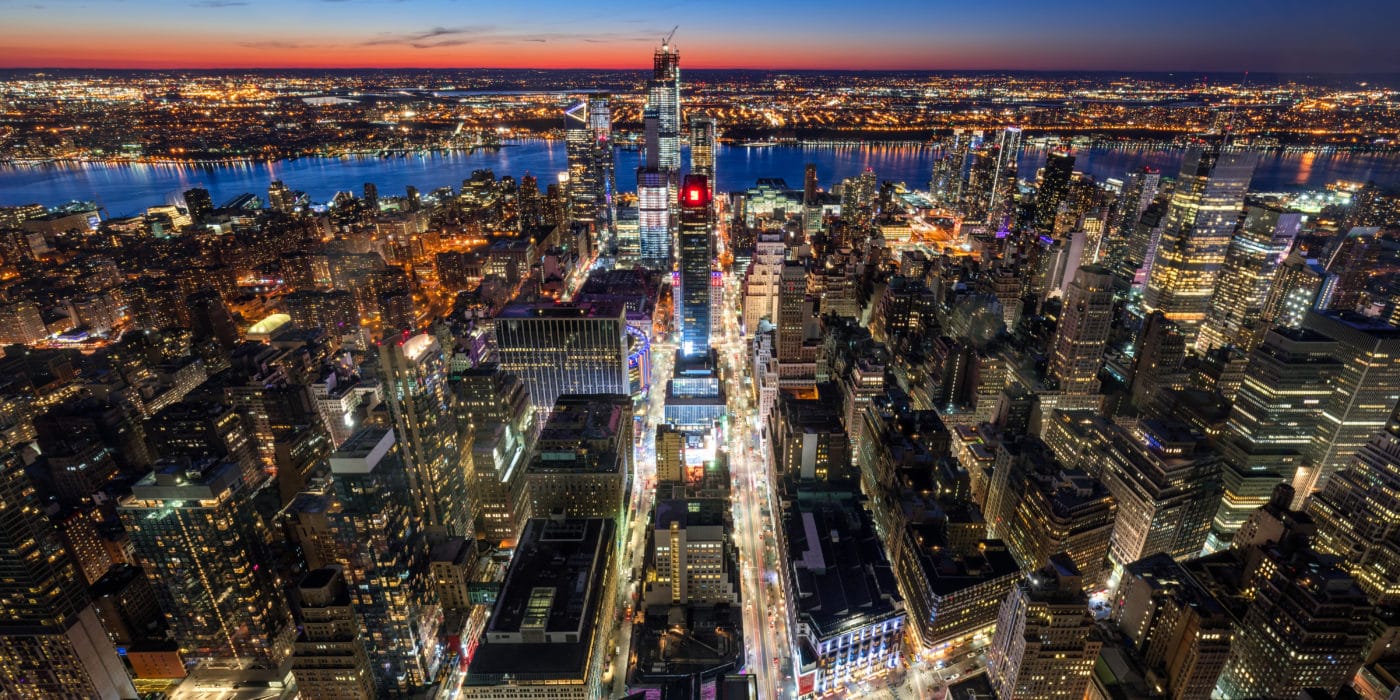The Big Apple’s Biggest Office Flip: Inside New York’s Largest Residential Conversion Project
In a bold move that could reshape Manhattan’s skyline and real estate market, New York’s most ambitious office-to-residential conversion project is breaking ground. The former Pfizer headquarters near Grand Central Terminal is set to transform into a residential behemoth, potentially offering a blueprint for revitalizing urban centers in the post-pandemic era.
Key Takeaways:
- A joint venture between Metro Loft Management and David Werner Real Estate Investments is spearheading the project.
- The development secured a $75 million senior mortgage acquisition predevelopment loan from Northwind Group.
- Upon completion, the project will yield approximately 1,600 residential units, making it New York’s largest office-to-residential conversion to date.
The Big Picture:
As cities grapple with record-high office vacancy rates and soaring apartment rents, adaptive reuse of commercial spaces has become a hot topic in urban planning circles. New York, along with Chicago and Washington, D.C., is at the forefront of this trend, seeking innovative solutions to address housing shortages and revitalize business districts.
“New York City is a very supply-constrained market,” Michael Ainbinder, managing director at Northwind, told Forbes. “It continues to see rent increases due to lack of supply. This project represents a well-located asset with strong sponsorship.”
The Players:
Metro Loft, founded by Nathan Berman in 1997, has established itself as a conversion powerhouse, transforming over 5 million square feet of office space into residential use in lower Manhattan over the past two decades. Their partnership with real estate veteran David Werner brings together deep expertise in both acquisition and conversion.
The Challenges:
Despite the promising outlook, office-to-residential conversions are not without hurdles. Industry professionals cite issues such as building layout, infrastructure requirements, and high costs as potential roadblocks. Northwind’s Ainbinder revealed that they fund only 10% to 20% of the conversion project requests they receive, underscoring the complexity of these undertakings.
The Trend:
The former Pfizer project is part of a larger movement. Design firm Gensler is set to open Pearl House, a conversion of a 1970s office tower in the Financial District, while SL Green Realty, Manhattan’s largest office landlord, is converting its property at 750 Third Ave to residential use.
Looking Ahead:
With New York estimating about 135 million square feet of outdated office space ripe for conversion, the race is on to reimagine urban landscapes. As Deputy Mayor Maria Torres-Springer noted, about 70 office buildings have already signed on to be part of the city’s office-to-residential “accelerator” program.
The Bottom Line:
As the largest office-to-residential conversion in New York’s history, the Pfizer project represents more than just a real estate deal. It’s a litmus test for the future of urban development, potentially setting the stage for a new era of adaptive reuse in America’s cities. For investors, developers, and city planners alike, all eyes will be on this transformative project as it unfolds in the heart of Manhattan.
Photo: Wikipedia | https://en.m.wikipedia.org/wiki/File:Pfizer_World_Headquarters_Entrance.jpg
Source: CoStar

